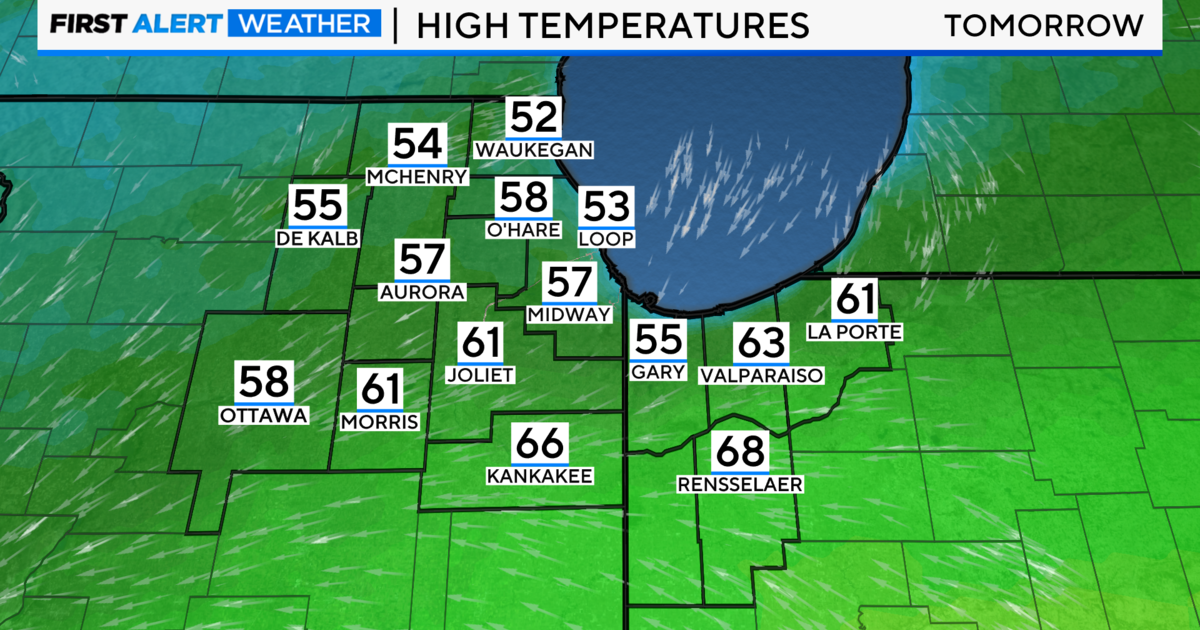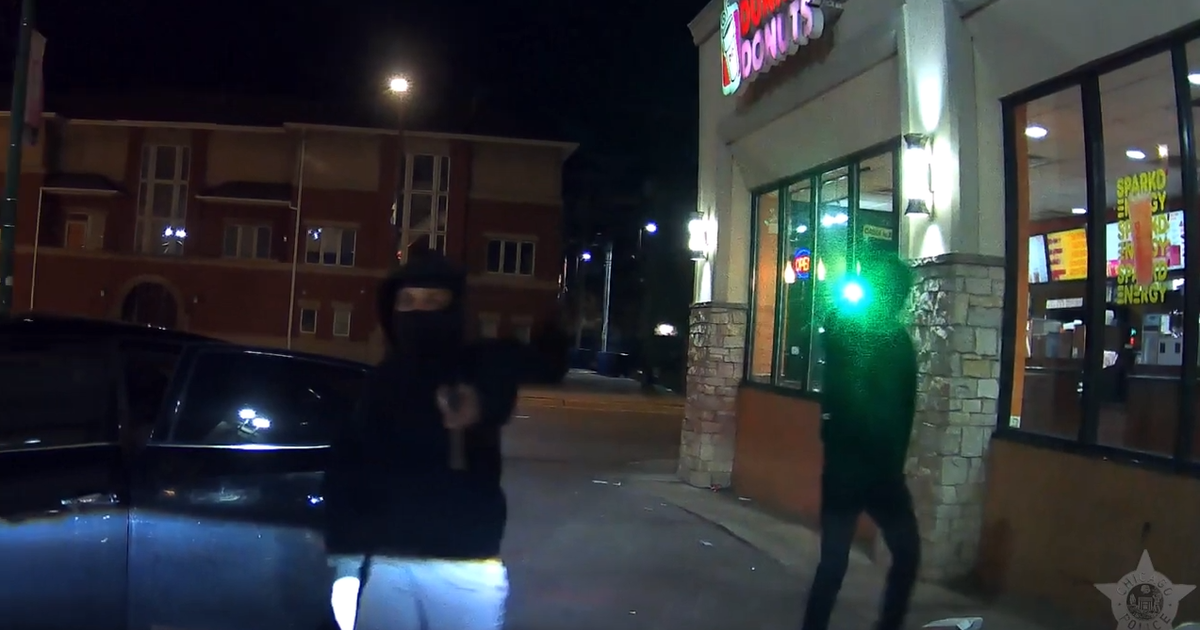Earliest Subzero Temps Since '95; More Bitter Cold And Snow Coming
CHICAGO (CBS) -- Chicagoans were hit with the coldest December temperatures in nearly 20 years on Tuesday, and the Wednesday morning commute could be a challenge as the area will get hit with more snow.
The last time Chicago had subzero temperatures this early in the season was Dec. 9, 1995. Unfortunately for Chicagoans, it won't be long before the mercury is back below zero.
Chicago could see subzero temperatures again Wednesday night. Before that, Chicago likely will get more snow--up to 2 to 4 inches.
RELATED:
- 7-Day Forecast
- Find A Warming Center In Chicago
- Lake Ice Still Dangerously Thin
- Plow Tracker
- Coyote Sightings Increase In Winter
A winter weather advisory has been issued for the Chicago area from midnight Tuesday night through 10 a.m. Wednesday morning.
The snow will begin sometime in the early hours of Wednesday morning, with the heaviest snowfall likely between 5 a.m. and 8 a.m. in the Chicago area, according to the National Weather Service. A total of 2 to 4 inches are expected.
Wednesday night, temperatures could again drop to zero or below.
The frigid temperatures make it especially dangerous for drivers, as road salt loses its effectiveness when temperatures dip below zero.
That means drivers have to be concerned roads are slicker than they appear. With up to four inches of snow in the forecast for Wednesday morning, roads could be very dangerous Wednesday night, when the temperature could get as low as four below zero.
The website chicagoshovels.org features a plow tracker to monitor city plows in real time and the site helps volunteer shovelers pair up with senior citizens who need help shoveling.
Meantime, at the emergency room at Loyola University Medical Center in Maywood, doctors have been preparing for a sudden influx of hypothermia patients. It's something they have to prepare for every year when temperatures are dangerously cold.
"Every winter we have patients who come in where their core body temperature is low, so we deal with hypothermia regularly," said Dr. Christina Hantsch. "Hypothermia, frostbite, cold-induced exacerbation of underlying illnesses – these are all things that in emergency medicine we're accustomed to in this area."
One example would be when a patient falls through ice, but Hantsch said hypothermia also can set in gradually, even when temperatures are not below freezing.
"If you're outside in a relatively cool climate for a while without appropriate protection, then you can develop hypothermia over the course of the hours that you're out," she said.
The best advice in sub-freezing temperatures is to dress in layers – including a hat, gloves or mittens, and a scarf – and avoid being outdoors for an extended period of time.



